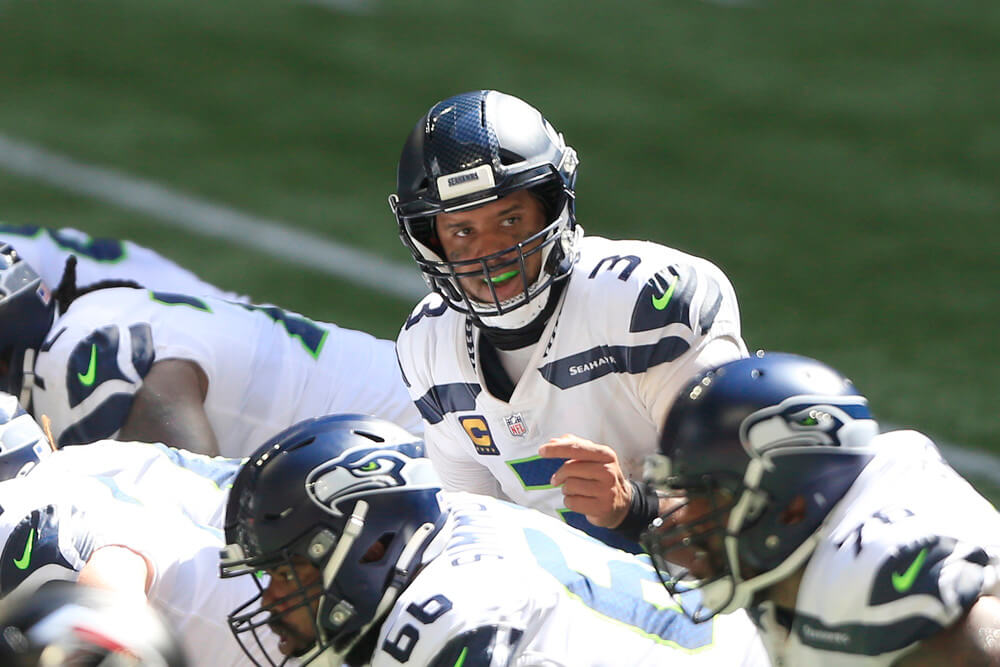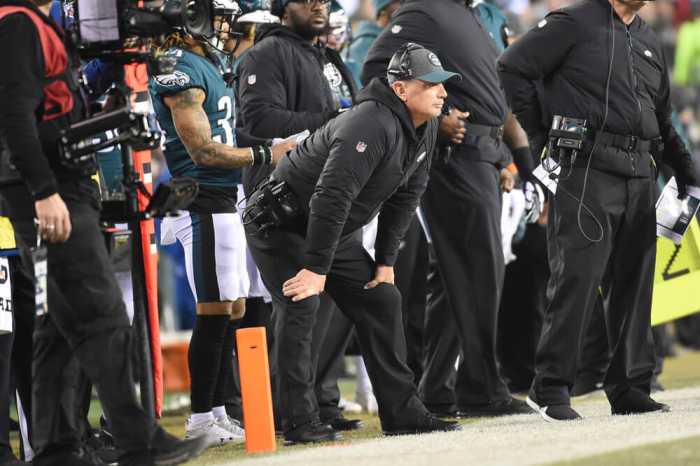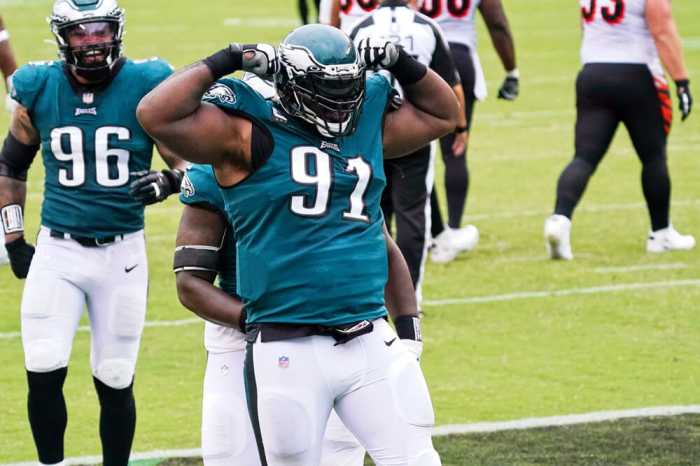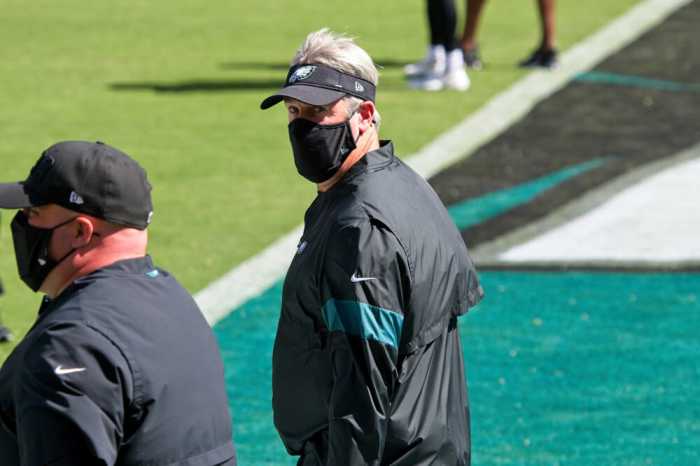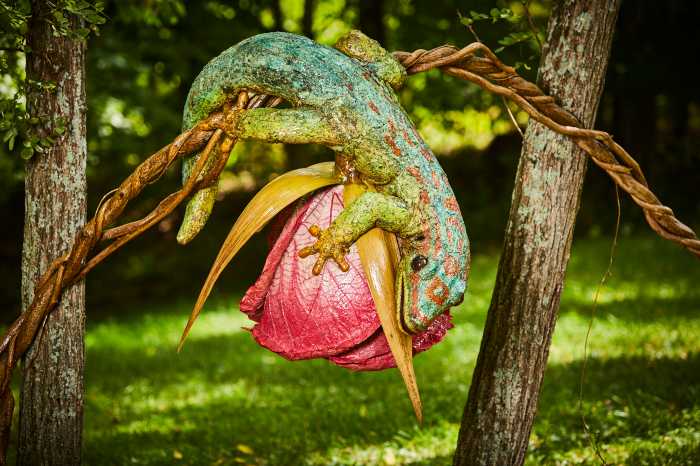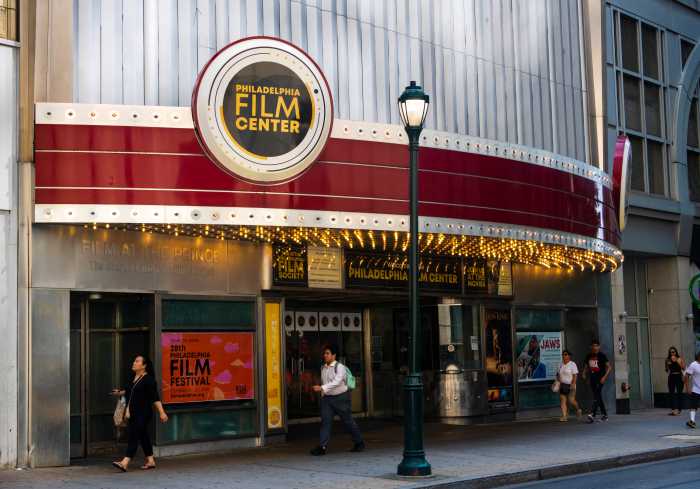For the past few months there has been one name continuously linked with the Philadelphia Eagles. The Apple of Howie Roseman’s eye, Russell Wilson, is an attainable trade target for the first time and the Birds are in a position to make a run at landing him if they so choose. But it’s never quite that simple.
Everyone knows how good Russell Wilson is. The man is the bar that every dual-threat QB will be graded against for the next decade or so, and his ability to remain among the NFL’s elite despite an offense collapsing around him is frankly remarkable. This isn’t an article to justify a trade. You can read eight of those on a weekly basis elsewhere. But the Eagles have been here before…
Let’s roll back the clocks to 1973. The Philadelphia Eagles traded for 32-year-old QB Roman Gabriel. They gave up WR Harold Jackson, FB Tony Baker, two first-rounders, and a third-rounder for1975. It was a hefty price to pay, but a 2-11-1 team in 1972 clearly needed help, and John Reaves just wasn’t the answer at quarterback.
So, the Eagles gave up the farm for an aging three-time pro bowler and a former NFL MVP. How was he so attainable? Tendonitis started to haunt Gabriel, who threw 12 touchdowns and 15 picks in 1972 as his production plummeted. The Rams made a move to bring in a new option at QB, making Gabriel expendable. But if he could get healthy, the Eagles had a very, very capable arm at QB and someone who amassed over 2,400 passing yards in 4 of the last 7 years.
Things started off well. Fans reportedly named Gabriel as “The Messiah” as former first-round pick, Reaves, looked on. Gabriel’s debut season saw him set a new career-high in passing yards with 3,219 and in touchdowns with 23, while he only threw 12 picks.
It helped that Harold Carmichael was given a path to a starting role. He led the NFL in receiving yards that year, while his quarterback earned the Comeback Player of the Year award and led the NFL in most passing metrics. The Eagles improved to 5-8-1 but were still some way off climbing to the top of the NFC East.
Unfortunately, things unraveled fast. Gabriel would spend four more years in Philadelphia, the first of which started off hot with the team going 4-1. However, he was eventually benched for Mike Boryla after a lack of offseason prep was clearly haunting him.
Gabriel briefly regained the starting role, but when Dick Vermeil arrived one year later, it was clear that the new Head Coach had other ideas. Ron Jaworski would be the guy he eventually hung his hat on.
Gabriel went 12-25-1 with the Eagles as a starter. While that first year was explosive and inspired nothing but hope, it quickly became clear that his best days were behind him and that the Eagles would once again be in need of a quarterback soon.
It’s not like the roster was only one player away either. It took Vermeil a lot of work to right the ship and push the Eagles forward, with the team going without a winning record until 1978. Numerous big-time trades were made and eventually, the Eagles took flight and put together not only a series of winning seasons but an NFC Championship in 1980. Ultimately, Gabriel would not be a part of that journey.
Does it make sense to hold fire on a Russell Wilson trade because of a failed lunge at a franchise quarterback in the mid 70’s? No. But does it show that trading for an elite QB in his 30’s after an injury might not be the most beneficial move if the rest of the team isn’t yet in a position to take the next step? Absolutely.
Photo by David J. Griffin/Icon Sportswire

